The Chevrolet Corvette is an icon of the American sports car industry. As we approach the Corvette’s 60th birthday, let’s celebrate by looking back at the history of the Vette.
C1 Corvettes
In 1951, a group at General Motors under the leadership of Harley Earl, the head of design and later Vice President at GM, began working on a sports car, code-named Project Opel. The car, a convertible, was introduced as a concept show car at the 1953 GM Motorama auto show. It was later this year that the first Corvette models rolled off the production line in Flint, Michigan. 300 cars were produced in an old truck plant, while a dedicated production facility was being completed in St. Louis, Missouri. All 300 cars were Polo White with a red interior and a black canvas top, and included a heater and an AM radio.
Thus began the C1 Generation of Corvettes, commonly known as the “solid-axle” generation due to the lack of independent rear suspension. Sales were expected to be high after a popular reception of the concept car, but problems (like water leaks around doors) led to an initial bad reputation and slow sales for the first years. But by 1955, GM was fully equipped to meet America’s demand for a home-grown sports car, and later models that year included the 195 horsepower V8 engine and 3-speed manual transmissions that made the Corvette a true sports car. By 1956 the 6-cylinder engine had disappeared completely, and the C1 generation continued through 1962.
C2 Corvettes
Independent suspension, a transverse leaf spring and new body styling was added in 1963, beginning the second generation of cars known as the C2 Corvettes, spanning the years 1963-1967. These are commonly called Mid-Years.
The C2 generation was the first one to feature a coupe body style and a tapered rear deck. One unique feature only found on 1963 models is the split rear window, which was eventually removed because it blocked visibility. Other features included electronic ignition, 4-wheel disc breaks, and a big block engine option (the 396 and 427 cubic inch). Creature comforts such as air-conditioning, an AM/FM radio, and headrests were also available.
C3 Corvettes
The third-generation of Corvettes were produced from 1968 – 1982 and based on the design of the Mako II concept car. The C3 Corvette’s growing popularity led to its first appearance as an Indianapolis 500 pace car in 1978. The term “Sting Ray” is sometimes still applied to early models from this generation. The 1968 Corvette did not use the Sting Ray nameplate, while cars produced for the years 1969-1976 use the term “Stingray” as one word. In 1978, the body styling of the car was updated to coincide with the Corvette’s 25th anniversary, which was celebrated with a Silver Anniversary Edition and with a replica edition of the Indy Pace Car. The 1978 model also introduced the fastback rear window. Also notable is that production of the Corvette moved from the St. Louis plant to a new facility in Bowling Green, Kentucky.
C4 Corvettes
C4 Corvettes were produced from 1984 to 1996. 1983 had been a tough year for GM, as quality control problems and other delays prevented any Corvettes from being built that year. However, 44 prototypes were built – but 43 of them were destroyed. The only remaining 1983 Corvette is displayed at the National Corvette Museum in Bowling Green. The 1984 model year marked the public introduction of the C4 generation, with the car having been completely redesigned for the first time since 1963.
The C4 Generation saw the return of the convertible, which had been discontinued in 1975, as GM provided the second Corvette pace car for the Indy 500. The pace car was yellow, but all 1986 convertibles, regardless of color, are known as the “pace car edition” because of the Indy 500 emblem attached to the console. This generation includes the 35th anniversary edition from 1988, and the 40th anniversary edition in 1993. The end of this generation was highlighted by the production of the Grand Sport version of the Corvette in 1996, with 810 coupes and 190 convertibles produced. The GS edition included the LT4 V8 engine, and was offered in Admiral Blue with white racing stripes as well as two hash marks on the left front fender.
C5 Corvettes
The C4 generation had endured criticisms when compared to its foreign sports car rivals, particular models from Japan. The new design for the C5 Corvettes featured more curves, while the structure itself was more rigid, giving the car improved handling. The overall weight was reduced by changes including a titanium exhaust and a carbon-fiber hood, allowing a top speed of 181mph. The C5 Corvette, introduced in 1997, was well received by the press.
During the first year of this generation, 1997, only coupes were produced, but the convertible was back again in 1998, along with the fixed-roof coupe. C5 Corvettes had a front engine and rear transmission, which carried over into the C6 generation.
C6 Corvettes
The modern day C6 Corvettes began in 2005. Features included exposed headlamps, which made their last appearance in 1962. The body size is smaller than the C5, designed to appeal to the European market. Like the C5, the C6 generation achieves good fuel economy, allowing its owners to avoid the so-called gas guzzler tax created in 1978 for automobiles with a gas mileage below certain thresholds.
What’s Next? C7 Corvettes
The C7 Corvette has been in the planning stages since 2007. It was originally slated to begin for the 2011 model year, but delays have the car now projected to be produced for the 2014 model year, available in the fall of 2013. Rumors abound, the most noticeable of which is the return of the split rear window, which will likely not be standard, but available as an option for the coupe. Personally, we can’t wait to find out more as the C7 draws close.
Source: Wikipedia
Images used with permission under Creative Commons licensing
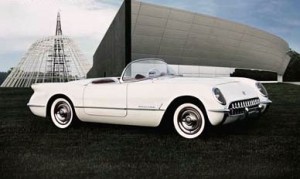
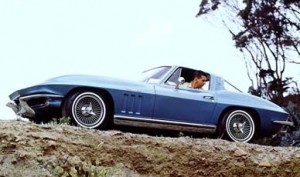
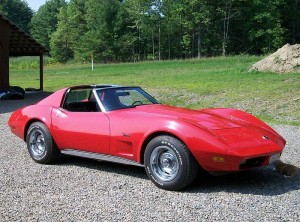
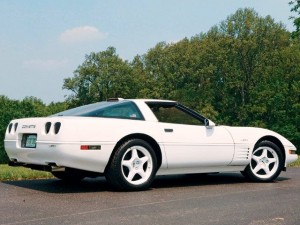
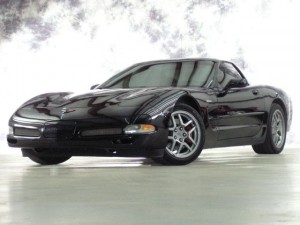
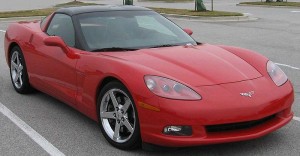
Speak Your Mind